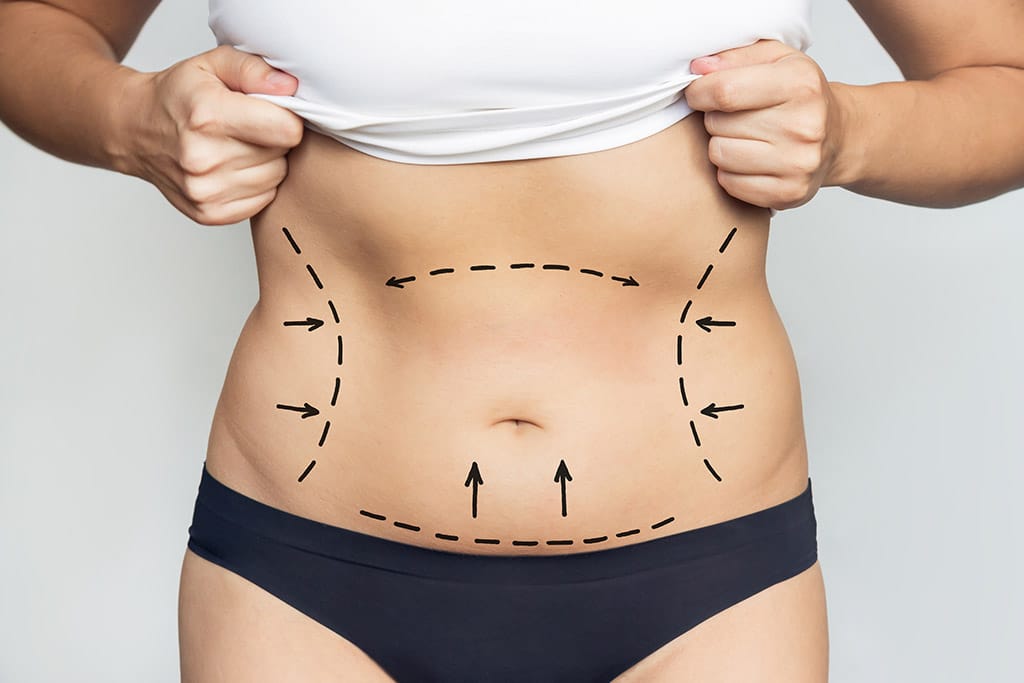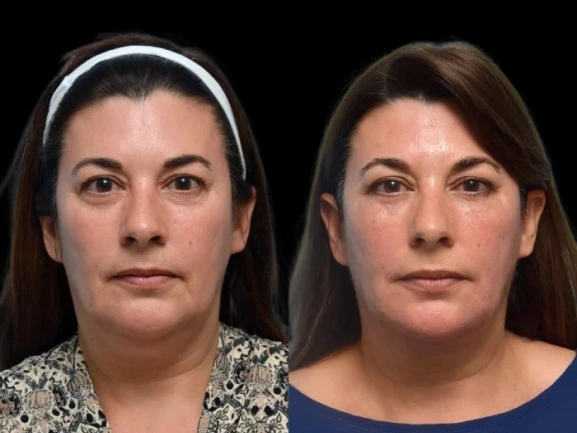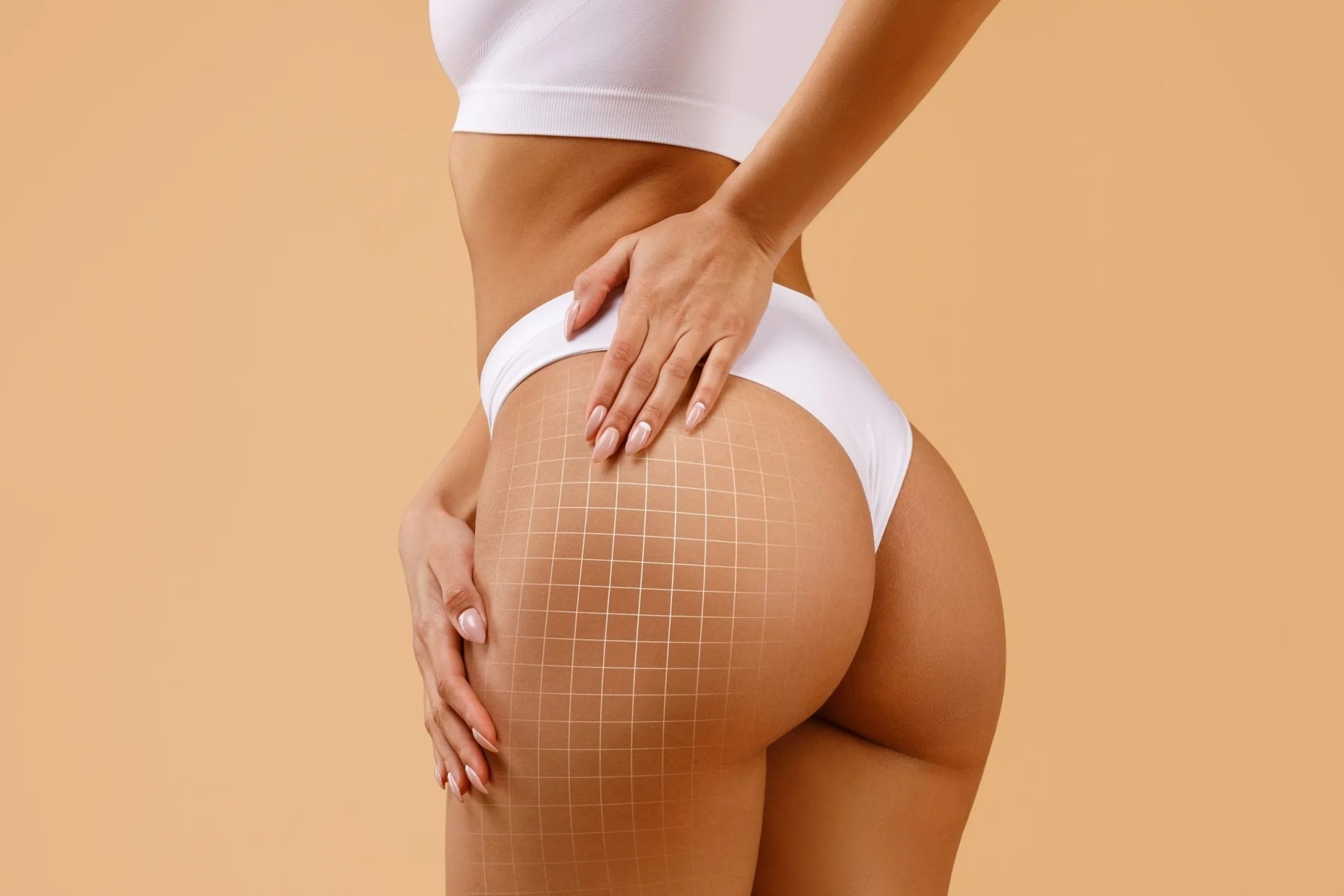
Liposuction is a popular procedure for removing stubborn fat and achieving a more contoured body shape. While it is generally considered safe, many people wonder whether it can trigger pigmentation or skin discoloration, especially in areas prone to sensitivity. Understanding the relationship between liposuction and skin changes is essential for anyone considering the procedure in Dubai.
How Liposuction Works?
Liposuction (شفط الدهون) argets fat deposits beneath the skin using suction techniques. It reshapes the body by removing fat from specific areas such as the abdomen, thighs, arms, and back. Unlike weight loss methods, liposuction focuses on contouring rather than reducing overall body weight.
During the procedure, small incisions are made, and fat is gently suctioned out. Modern techniques, including laser-assisted and ultrasound-assisted liposuction, are designed to minimize trauma to surrounding tissues and reduce post-procedure complications.
Understanding Pigmentation and Skin Discoloration:
Pigmentation refers to changes in skin color, ranging from dark spots to uneven patches. Skin discoloration can result from trauma, inflammation, sun exposure, or pre-existing conditions. After liposuction, mild redness and bruising are normal, but persistent pigmentation changes are less common.
Factors that may increase the risk of pigmentation include:
Darker skin types, which are more prone to post-inflammatory hyperpigmentation
Sensitivity to trauma or minor injuries
Pre-existing skin conditions like melasma or sun spots
Can Liposuction Cause Pigmentation?
While liposuction primarily affects fat layers, the procedure involves some trauma to surrounding skin and tissues. This trauma can trigger temporary redness, bruising, or swelling, which usually fades within weeks. In rare cases, the healing process may result in minor pigmentation changes, especially in individuals with sensitive or darker skin.
The risk of permanent pigmentation is low when the procedure is performed correctly and proper aftercare is followed. Advanced techniques like laser-assisted liposuction may even reduce trauma to the skin, potentially lowering the risk of discoloration.
Factors That Influence Pigmentation Risk:
Several elements can affect whether pigmentation occurs after liposuction in Dubai:
Skin Type:
Darker skin tones are more susceptible to post-inflammatory hyperpigmentation. Understanding your skin type helps in planning preventive measures.
Technique Used:
Minimally invasive methods and experienced practitioners reduce the risk of trauma to the skin, which in turn lowers the chance of pigmentation.
Aftercare Practices:
Proper care, including avoiding sun exposure, wearing compression garments, and using recommended skincare products, plays a significant role in preventing discoloration.
Pre-existing Conditions:
Conditions such as eczema, psoriasis, or prior sun damage may make certain areas more prone to pigmentation after any procedure.
How to Prevent Pigmentation After Liposuction?
Taking preventive steps can help maintain even skin tone after liposuction:
Follow Post-Procedure Instructions: Adhering to recovery guidelines ensures proper healing.
Avoid Sun Exposure: Protect treated areas with clothing or sunscreen to prevent darkening of healing skin.
Use Gentle Skincare Products: Avoid harsh chemicals that can irritate healing tissues.
Stay Hydrated and Maintain Nutrition: Proper hydration and a balanced diet support skin recovery.
Recovery and Monitoring:
After liposuction, mild bruising, redness, and swelling are expected. These effects are temporary and typically resolve within 1–2 weeks. Monitoring the skin during recovery is essential. If unusual pigmentation persists, consult a professional to explore treatment options such as topical lightening agents or non-invasive skin therapies.
Complementary Treatments for Pigmentation:
In cases where pigmentation occurs, several safe and effective treatments can help restore an even skin tone:
Chemical peels to lighten dark patches
Laser therapy targeting hyperpigmentation
Topical creams with ingredients like vitamin C or niacinamide
These treatments are often compatible with liposuction recovery, provided the skin is fully healed.
FAQs About Liposuction and Skin Discoloration:
Is pigmentation after liposuction permanent?
Most post-liposuction pigmentation is temporary. With proper care, skin color typically returns to normal over weeks or months.
Does liposuction increase the risk of scarring?
Small incisions may leave minor marks, but modern techniques minimize scarring.
Can pigmentation be prevented entirely?
While complete prevention cannot be guaranteed, careful technique, proper aftercare, and skin protection greatly reduce the risk.
Are certain areas more prone to pigmentation?
Areas with thinner skin or high sun exposure, like the abdomen or arms, may be slightly more vulnerable.
How soon after liposuction can I use pigmentation treatments?
Topical treatments are typically safe once the skin has fully healed, usually after 4–6 weeks.
Conclusion:
Liposuction in Dubai(شفط الدهون في دبي) is generally safe and effective for body contouring, with a low risk of pigmentation or permanent skin discoloration. Temporary changes such as bruising or mild redness are common but typically resolve on their own. Understanding the factors that influence pigmentation, following proper aftercare, and using complementary treatments if needed can help ensure smooth, even skin and optimal results. By taking precautions and choosing the right technique, you can enjoy the benefits of liposuction without compromising skin appearance.


